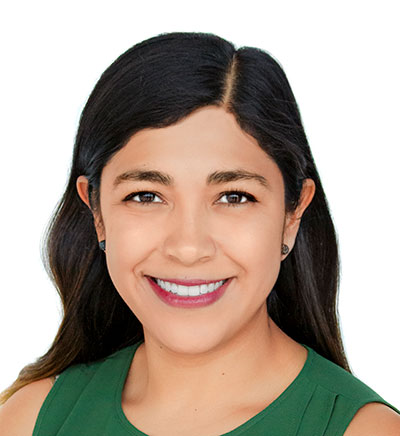Distribution, Logistics Lead In Real Estate Sector

STORY INLINE POST
Q: What opportunities does the Mexican market offer to a company like Cushman & Wakefield?
A: When Cushman & Wakefield entered the Mexican market, it was because Mexico had just signed NAFTA, which offered an important economic growth opportunity for the country. This meant that the country would have the need for office spaces, warehouses, grounds for manufacturing sites and that overall commerce would increase.
In 2019, we saw significant growth in logistics and distribution and we expect that segment to continue growing. International trade has reached significant levels with an important influx of merchandise from all over the world and with increasingly integrated global production chains that depend on players in different regions.
We are on the road toward the digitalization of many services. Amazon is an example of this change and is increasingly showing that it is possible to distribute products to and from anywhere. This generates different business opportunities for companies that provide logistics services, that manage clients’ information and distribution companies, among others. More immediately, the COVID-19 pandemic has forced us to stay inside. This will create a learning opportunity to accelerate communication, close business deals and distribute merchandises through a virtual environment.
Q: How would you describe the sophistication of the Mexican market and Mexican brokers?
A: Companies like Reichmann International and other developers have allowed us to help them and to evolve, not only in Mexico but at a global level. We have communication systems that allow for sharing of best practices at a much more accelerated rate than in the past. The way we do presentations or acquire and share the information in any given market, of what it is available or the quality of the spaces, is very different to how we did things 28 years ago.
We need to also recognize architects, constructors and developers. Today, what is being built, commercialized and used in Mexico is substantially better than 20 years ago. What the Mexican market offers in terms of design, functionality, quality of materials and design is substantially better.
All players in the real estate arena have evolved noticeably. For instance, in the past, we could not offer virtual tours of properties. Today, this is fairly common. Tools like Google Earth have allowed us to make these tours more visually appealing and efficient. Today, we can show 10 different properties in different regions to people located in five different countries, simultaneously displaying pictures, videos and the characteristics of each property, all in a structured and planned call, where the people involved can make decisions with the sufficient information and knowledge of every aspect that is presented. This is more economical than flying people from different countries to Mexico and arranging the necessary tours to assess the properties.
We have also evolved a great deal in terms of information management. Information undergoes several reviews before it is handed to clients to ensure the veracity of sizes, ecological conditions or sustainability elements. We are looking at more information than in the past and doing it more efficiently.
Q: In which real estate segments have you found the most demand?
A: Industrial spaces continue growing. However, we are seeing demand for spaces in the logistics and distribution arena, where companies require locations to deliver last-mile services. The location of these last-mile services depends heavily on the products the company is delivering and to the socio-economic segment these products are destined. Our job is to analyze demand and find spaces or groups of commercial spaces that can be repurposed as small distribution and collection centers.
We believe that the production, distribution and logistics of the food industry will also gain in relevance. Many people will work to overcome the COVID-19 limitations to deliver food. We believe these services will outlast the quarantine to become a part of the everyday life of households and offices.
Q: What are the needs of Mexican consumers in terms of real estate?
A: We are seeing an increase in the popularity of mixed-used properties offering hotels, office spaces, residential apartments and commercial spaces. These properties are becoming the most sought out spaces by our clients because they allow for a reduction in the need to move around and a consequential increase in their life quality, especially in places with a lot of traffic like Mexico City, Queretaro, Guadalajara and Monterrey. The more we can provide them with offices and commercial spaces closer to their houses, mobility will be reduced and life quality will increase.
Q: What global trends are emerging in the real estate market?
A: A new type of tourism has emerged. We know that models like Airbnb have disrupted the hotel sector and users now have the opportunity to choose the type of amenities they want to pay for or the level of privacy they want. We are seeing a transformation in the hospitality sector, where travelers will start moving in a more efficient, practical and economical manner. This means a transformation where we will need to find the land and areas for accommodating hotels.
Cushman & Wakefield is a global commercial real estate services firm that operates in 60 countries and has over 53,000 team members around the world







 By Gabriela Mastache | Senior Journalist and Industry Analyst -
Mon, 05/25/2020 - 17:07
By Gabriela Mastache | Senior Journalist and Industry Analyst -
Mon, 05/25/2020 - 17:07















